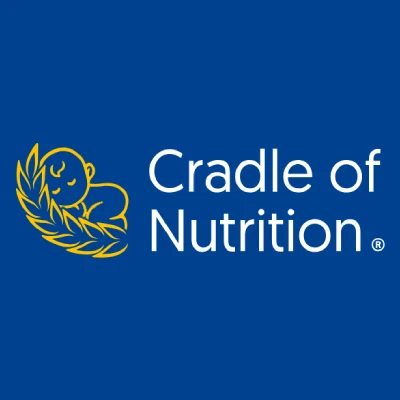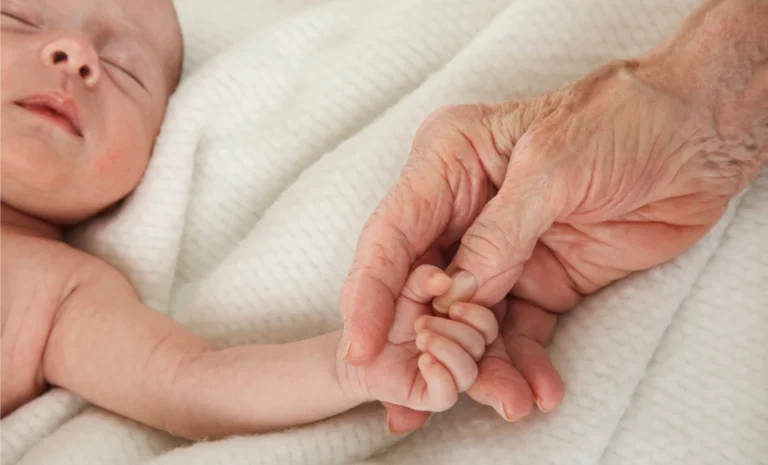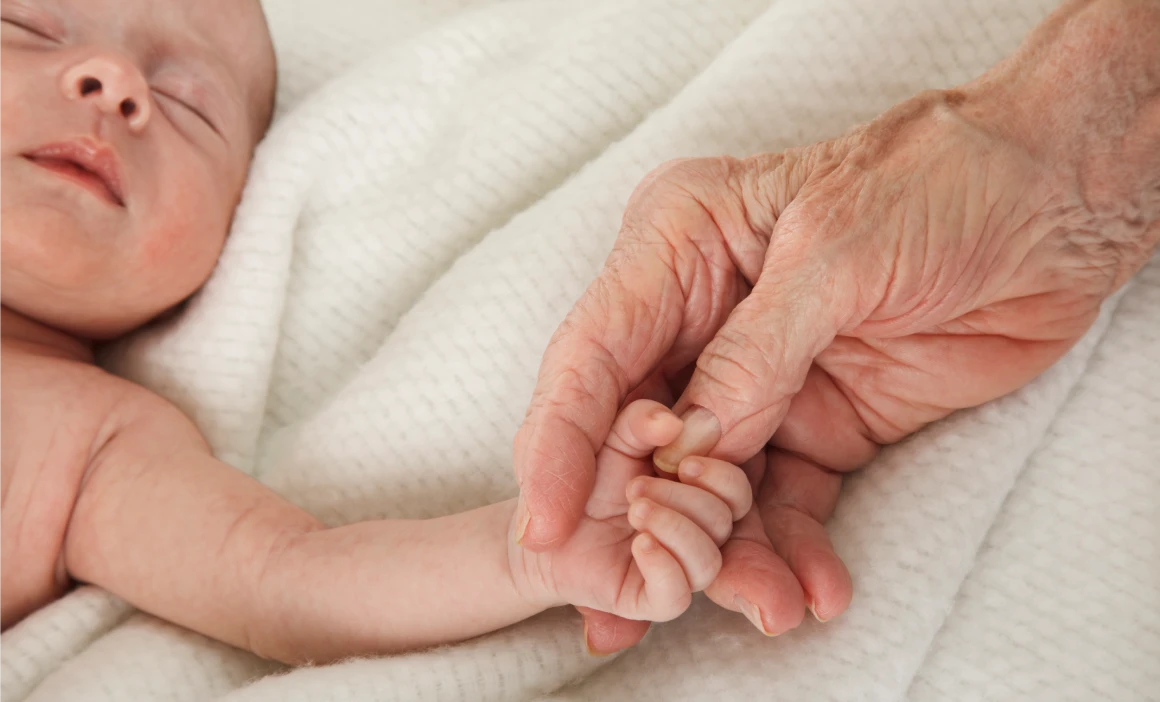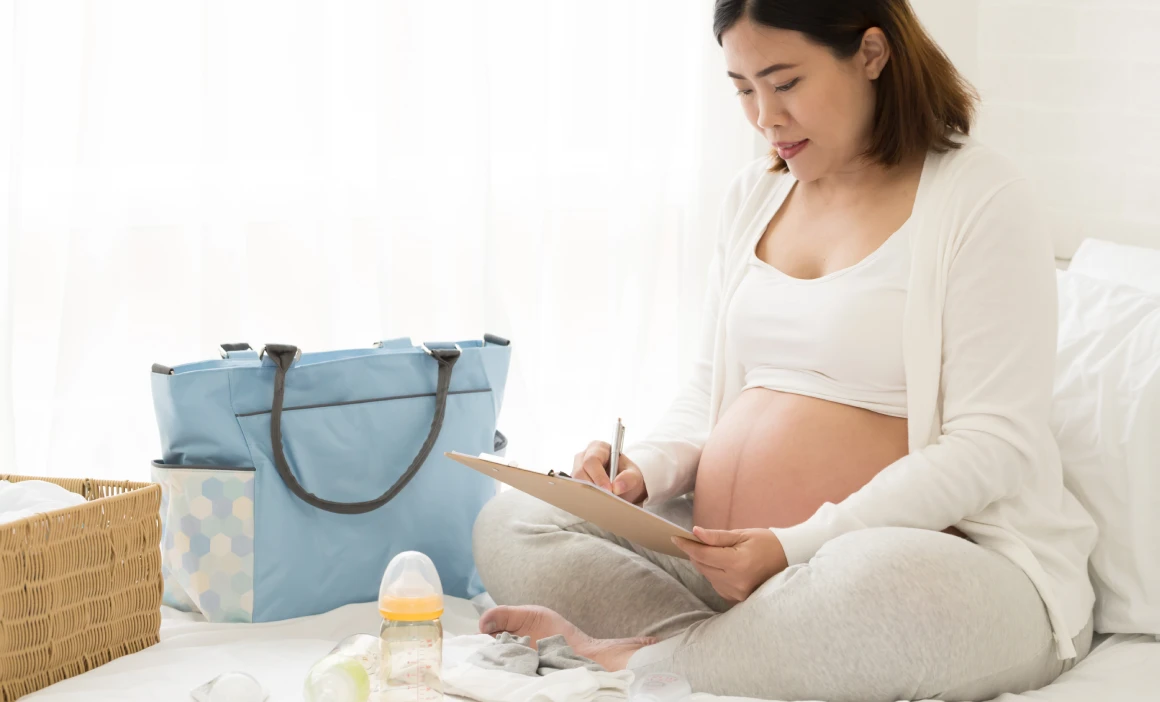
How to Recognize and Treat Mastitis During Breastfeeding

Cradle of Nutrition
- 4 minutes read
Mastitis is a painful condition that affects many breastfeeding mothers. It occurs when the breast tissue becomes inflamed, often due to a blocked milk duct or bacterial infection. If left untreated, mastitis can lead to more serious complications, but the good news is that it’s treatable. This guide will help you understand the symptoms of mastitis, how to treat it, and most importantly, how to prevent it so you can continue breastfeeding with ease.
What is Mastitis in Breastfeeding Women?
Mastitis is a common condition in new mothers, especially during the first few months of breastfeeding. It typically occurs when the milk ducts become blocked, preventing the breast milk from flowing properly. If this blockage is not resolved, it can lead to inflammation and infection of the breast tissue, causing pain and discomfort. Mastitis may affect one or both breasts and is most often accompanied by flu-like symptoms, such as fever and chills.
Two Types of Mastitis:
- Infectious Mastitis: This type occurs when bacteria enter the breast tissue through cracks or sore nipples.
- Non-Infectious Mastitis (Milk Stasis): This occurs when milk builds up and the ducts become blocked, causing inflammation.
Common Symptoms of Mastitis in Breastfeeding Women
Recognizing the symptoms of mastitis early can prevent complications. Key symptoms include:
- Painful, swollen breast: One breast may feel tender, hot, and painful, especially during or after breastfeeding.
- Redness or warm areas on the breast: The skin may appear red and feel warm to the touch, often in a wedge-shaped area.
- Flu-like symptoms: A fever (above 101°F / 38.3°C), chills, and fatigue may accompany mastitis.
- Nipple discharge: If the infection leads to an abscess, pus or even blood may leak from the nipple.
- Lump or hard area: You might notice a firm, painful lump in the breast, often where the milk is blocked.
If you experience these symptoms, it’s crucial to treat mastitis promptly to avoid worsening the condition.
What Causes Mastitis in Breastfeeding Women?
Several factors increase the likelihood of developing mastitis while breastfeeding. Understanding the causes can help reduce your risk:
- Infrequent or Incomplete Breastfeeding: If your baby isn’t able to empty the breast fully, milk can build up and cause a blockage.
- Nipple Trauma: Cracked or sore nipples from an improper latch can provide an entry point for bacteria.
- Engorgement: If your breasts become overly full, especially during the first few weeks of breastfeeding, it can lead to a blocked duct.
- Stress: Physical or emotional stress can weaken your immune system, making it easier for bacteria to cause infection.
- Sudden Weaning or Changes in Feeding Patterns: A sudden reduction in feedings or missed feedings can lead to milk stasis, where milk accumulates in the breast.
How to Treat Mastitis in Breastfeeding Women
Treating mastitis quickly is essential to avoid complications. Here’s how to manage the condition effectively:
1. Continue Breastfeeding or Pumping
Even if breastfeeding is painful, it’s important to continue breastfeeding or pumping from the affected breast. Frequent milk removal helps clear blockages and reduces inflammation.
2. Antibiotics for Infection
If your doctor determines that your mastitis is caused by a bacterial infection, they will prescribe antibiotics. These are generally safe for breastfeeding mothers.
3. Pain Relief
Over-the-counter pain medications like ibuprofen or acetaminophen can help relieve pain and reduce swelling. Be sure to follow the recommended dosage.
4. Warm Compresses and Gentle Massage
Applying a warm compress to the affected breast can promote milk flow and ease pain. Gentle breast massage during breastfeeding or pumping can help unblock ducts.
5. Abscess Drainage (If Necessary)
In severe cases, an abscess may form. If this occurs, your healthcare provider might need to drain it to avoid further complications.
6. Rest and Stay Hydrated
Getting plenty of rest and staying hydrated is key to supporting your immune system and speeding up recovery.
How to Prevent Mastitis While Breastfeeding
Taking steps to prevent mastitis is vital for a healthy breastfeeding experience. Here are some helpful prevention tips:
1. Ensure Proper Latching
A proper latch is essential for effective milk transfer and preventing nipple damage. If you have flat or inverted nipples, using a nipple shield or seeking help from a lactation consultant can make a significant difference in making breastfeeding smoother and more comfortable.
2. Breastfeed Regularly
Breastfeed every 2-3 hours to keep the milk flowing smoothly. Avoid skipping feedings, as this can lead to milk stasis.
3. Vary Feeding Positions
Switch up your breastfeeding positions to ensure that all areas of the breast are emptied and to avoid blockages in any one part of the breast.
4. Empty the Breast Completely
If your baby cannot empty the breast fully, use a breast pump or hand express to clear out any remaining milk.
5. Nipple Care
Use lanolin cream or other nipple care products to prevent cracks and dryness that can increase the risk of infection. Applying breast milk can also help alleviate nipple pain.
6. Reduce Stress
Manage your stress through relaxation techniques, rest, and help from loved ones. A well-rested body is better equipped to fight off infections.
When to Seek Medical Help
While mastitis can often be treated at home, certain situations require medical attention:
- High fever or symptoms of infection that don’t improve.
- Persistent or worsening pain or swelling in the breast.
- Pus or blood coming from the nipple, which may indicate an abscess.
- Difficulty continuing to breastfeed due to pain or blocked ducts.
Mastitis is a manageable condition that most breastfeeding women can overcome with the right treatment. By understanding the causes and symptoms of mastitis and following proper treatment and prevention steps, you can continue breastfeeding comfortably. Always remember that if you’re in doubt or symptoms worsen, it’s best to consult with your healthcare provider.
By Erika Barabás
Resources for Breastfeeding Women Dealing with Mastitis:
- PubMed- Mastitis (Access research articles on mastitis and breastfeeding-related conditions)
- www.bedfordbreastcenter.com (A diagnostic, treatment, and support center dealing with breast health problems)






